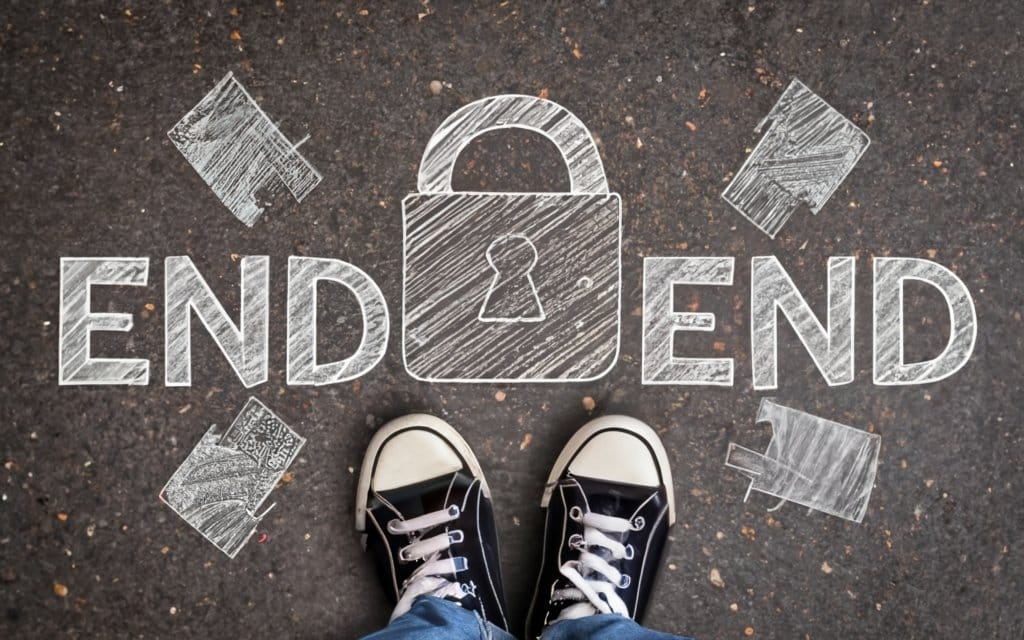
From financial data to creative writing to keep private, access this information without your permission. End-to-end encryption provides an extra layer of security for your private data by scrambling parties to decrypt and read it.
End-to-end encrypts your private notes?
There are several key reasons why you may want to enable end-to-end encryption for your private notes:
- Prevent unauthorized access– E2EE your confidential data remains private notebook even if stored on a third-party server that gets hacked. Without the encryption key, the data is inaccessible.
- Secure sensitive information-Financial records, intellectual property, and personal journal entries contain sensitive data that is misused if accessed. E2EE keeps it secure from prying eyes.
- Peace of mind– The assurance that your confidential notes are truly private and cannot be read by the service provider gives peace of mind if storing highly sensitive data.
- Data ownership and consent– You remain in control of who accesses your data instead of relying on app providers to handle security for you.
Whether you want to protect trade secrets or candid journal entries, E2EE gives you ownership over your confidential notes.
End-to-end encrypt notes
Set up encrypted notes
- Update your OS– Make sure your iPhone/iPad is updated to at least iOS 16 (or Android 12 for Google Keep E2EE). Older versions may not support setting up encrypted notes.
- Create a password– Go to Settings > [Your Name] > Password and set up a device passcode if you don’t already have one enabled. This protects access to your device and encrypted notes.
- Enable encryption in Notes-Open the Notes app and tap the note you want to encrypt (existing or new). Tap the More (three dots) menu in the toolbar and enable Lock Note.
- Set password– You will be prompted to set up a text password or face/Touch ID to unlock the note later. Face ID is most convenient for quickly accessing secure notes later.
- Lock automatically– For additional security, enable Lock Automatically after 1 minute under Settings > Notes > Password Settings. All your currently open notes will be automatically locked from snooping eyes if you step away.
Encrypt existing notes
If you already have sensitive notes saved, unlock them first and then tap the more menus to enable encryption. This doesn’t affect read-only access to notes synced on iCloud, but they be opened without the password on any device.
For Android Keep notes, tap the vertical three-dot menu on each note and choose Lock with Fingerprint or Screen Lock to encrypt existing notes. Don’t lose passwords for locked notes! If you forget it, the data is non-recoverable. Apps like 1Password securely store these passwords as a backup.
Share encrypted notes securely
End-to-end encrypted notes are accessible only on the device they were created on by default. But you securely share locked notes with others using these steps:
- Tap Share while viewing the encrypted note on your device (iOS only).
- At the Share menu, scroll down and enable Encrypted Sharing.
- Choose a secure sharing method like Messages or Mail and share with someone who has your encryption password.
- On their device, recipients must authenticate with the password first before viewing the decrypted note.




